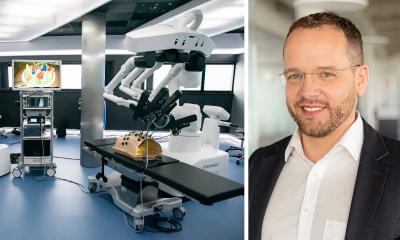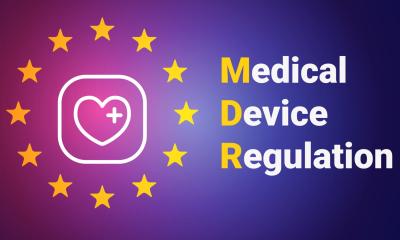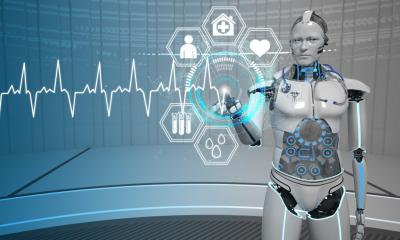
Image source: Shutterstock/Jat306
News • Medical Device Regulation update
Lessons learned from implementing the MDR
26 May 2021 marks the Date of Application of the European Medical Device Regulation (MDR). Replacing the Medical Devices and Active Implantable Medical Devices Directives, the Regulation is a welcome update for patient safety, transparency, and access to medical devices for Europeans.
COCIR has been contributing to the development and implementation of the MDR since the very first discussions in 2008. To comply with new obligations and responsibilities, medical device manufacturers invested considerable resources to be prepared and make changes to their conformity assessment processes. The current Covid-19 pandemic caused and still causes disruptions to the transition to the MDR, as (travel) restrictions lead to delays of initial MDR certification audits and required a postponement of the Date of Application.
An update to the full assessment of the MDR implementation that COCIR regularly publishes can be found in Annex. In addition, we have summarised here the most important lessons learned drawn from this implementation process for the future of the EU regulatory framework for medical devices.
- The fragmented use of remote audits as well as the different approaches to the voluntary use of the EUDAMED modules show the need for increased collaboration and coordination between member states. A Regulation should create a true European Single Market where all manufacturers act on a level playing field no matter their (or their Notified Body’s) geographical location.
- Medical devices must comply with a plethora of other EU legislation. Current discussions on, among others, cybersecurity requirements under the Radio Equipment Directive, or the future Artificial Intelligence Act highlight how this complexity of various Regulations requires constant vigilance to avoid duplications and unnecessary burden on manufacturers. The unfortunate barriers to the harmonisation of standards are another example of the impact of horizontal EU action on the placing on the market of medical devices.
- Active stakeholder involvement in the development of MDCG guidance is invaluable to collect technical input and support final users of the guidance in practically applying the law.
- International convergence is crucial to ensure the European health technology industry remains globally competitive. The EU should maintain its commitment to the adoption of IMDRF documents and support the fast transposition of the MDR in Turkey as well as the continuation of the Mutual Recognition Agreement with Switzerland.
Much remains to be done. Implementation efforts will not stop at the Date of Application. Continued investment in resources is necessary by regulators, Notified Bodies, and manufacturers to finalise much-needed guidance documents and set-up infrastructure like EUDAMED or expert panels. COCIR and our members will stay engaged in this process together with EU regulators, also through the Medical Device Coordination Group.
Source: COCIR
25.05.2021









